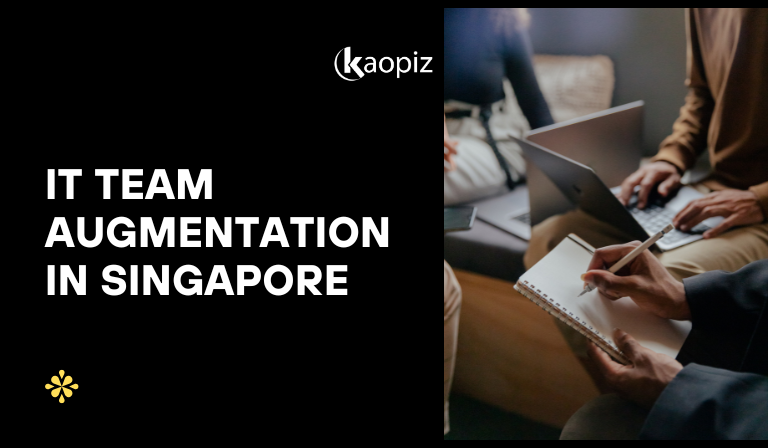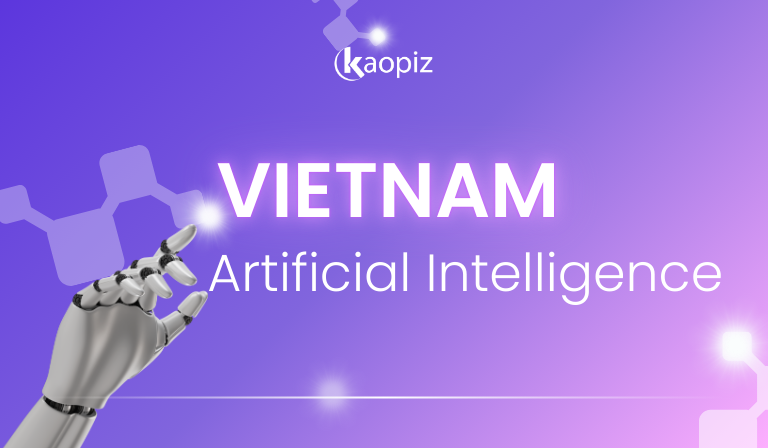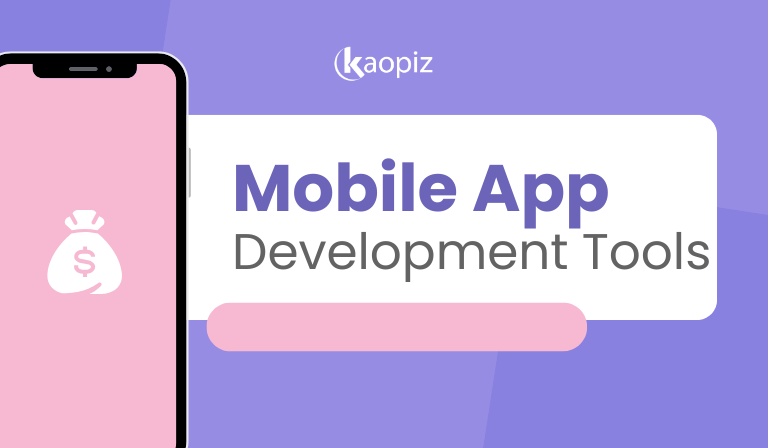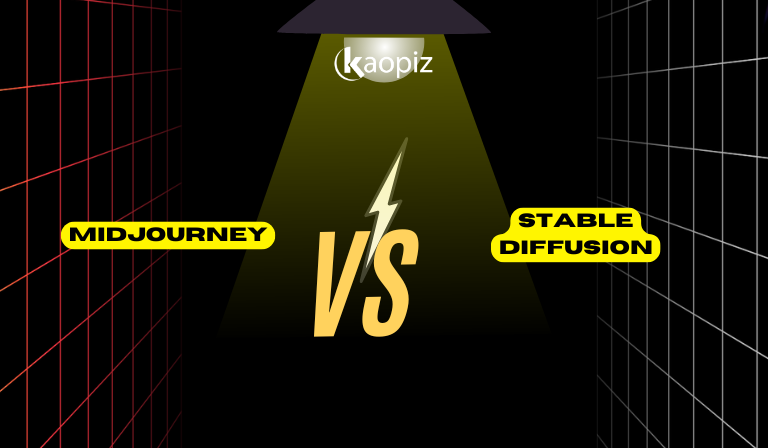AI System Development Process
AI is increasingly becoming a crucial part of business operations. More companies are now integrating AI systems into their core processes or using AI to support internal functions.
The advancement of generative AI, such as ChatGPT, has simplified many previously complex applications, allowing businesses to incorporate AI into their operations more easily.
There are two primary ways for businesses to use AI: they can either use existing AI services (like SaaS) developed by other companies or create a custom AI system tailored to their specific needs. In either case, understanding the AI system development process and its key considerations is crucial for successfully implementing AI and gaining a competitive advantage.

What is AI System Development
AI (Artificial Intelligence) refers to technologies that mimic human cognitive activities, such as learning, reasoning, and recognition. AI has become an integral part of everyday life, with applications in fields like AI-powered OCR, fault diagnosis, medical diagnosis, voice recognition, and digitization of handwritten data.
The development of AI systems has accelerated with advances in machine learning and deep learning, which enable AI to learn patterns from large datasets and make predictions based on new information.
AI System Development Process
The AI development process involves multiple stages, each with unique considerations. Understanding these stages will help whether you are developing in-house or outsourcing.
The AI development process can be divided into four main phases:
- Idea Phase
- Proof of Concept (PoC) Phase
- Implementation Phase
- Operation Phase
Let’s explore each phase in detail.
Idea Phase
The first step in AI development is to conceptualize the AI model you wish to develop. During this phase, the objective is to clarify the goal, determine the type of AI model to develop, and design the overall system architecture.
Key questions to address:
- What business challenges are we facing?
- Which problems can AI solve effectively?
- Is it worth solving this problem with AI?
Tasks in the Idea Phase include:
- Identifying key challenges
- Determining which problems can be solved with machine learning
- Assembling a project team
- Estimating ROI (Return on Investment)
- Defining the necessary data and selecting the AI model
Estimating ROI
ROI stands for Return on Investment. Estimating ROI helps objectively evaluate the effectiveness of the AI solution in relation to the investment. It allows comparison with other projects and guides the decision-making process for implementing AI.
Assembling the Development Team
AI system development requires a multidisciplinary team with the following roles:
- Business Managers/Executives: Make business decisions
- Planners/Consultants: Oversee project progress
- Project Leaders: Lead development efforts
- Data Scientists: Analyze and build the AI system
AI engineers should possess skills in AI programming languages, database management, mathematical analysis, and AI development frameworks. If these skills are not available in-house, outsourcing is a viable option.

Meetings with AI Development Companies or Teams
In meetings with AI development teams, clearly convey your company’s challenges and objectives to ensure alignment. Discuss AI implementation requirements, scope, exact goals, data quality, and timelines.
AI development involves uncertainty, and repeated testing through PoC (Proof of Concept) is critical. During discussions, be open to flexible AI models like using ChatGPT’s API, which can lead to innovative solutions.
Defining AI Models and Data Requirements
After confirming ROI and the development team, determine the AI model type and the necessary data. Data collection and labeling (annotation) are essential, as high-quality data directly impacts AI performance.
Data labeling is a time-consuming process, but it’s crucial for ensuring the accuracy of the AI system. Outsourcing annotation tasks may be necessary if internal resources are insufficient.
PoC Phase
Proof of Concept (PoC) verifies the technical feasibility of the AI system envisioned during the idea phase.
Steps in the PoC phase include:
- Data collection and verification
- Annotation and cost-efficiency evaluation
- Feasibility analysis
AI systems often fail due to insufficient data. Ensuring the right volume and quality of data is critical.
Once PoC confirms feasibility, the project can move forward with developing a prototype model.
Development Environment
During PoC, an appropriate development environment is needed to process large datasets. This includes:
- Storage for large datasets
- High-performance computers for deep learning and machine learning
Familiarity with programming languages like Python and SQL, as well as AI frameworks such as TensorFlow, is essential for development.
Implementation Phase
After confirming the AI’s feasibility in the PoC phase, the next step is full-scale system implementation. The final system is developed based on the mockup, and extensive testing is conducted before deployment.
Risk mitigation and gathering feedback are crucial steps before the system goes live.

AI System Deployment Method
The Waterfall model is often used for AI system development during the deployment phase. This involves sequential steps, including requirement gathering, design, programming, and testing.
Operation Phase
Once the system is deployed, the operation phase begins. Continuous monitoring, maintenance, and validation against initial goals ensure the AI system’s long-term success. The PDCA cycle (Plan-Do-Check-Act) is used to improve the system and meet evolving business objectives.
Key Points in the Development Process
Consider the following points when building an AI development process:
- Develop a process aligned with field operations
- Set clear milestones and gain agreement with stakeholders
- Maintain unified progress tracking with the project team
Frequent alignment between the project team and field staff ensures that development goals and milestones are consistently met.
AI Development vs. Traditional System Development
While the workflows of AI development and traditional system development are similar, the primary difference lies in goal-setting. Unlike traditional software development, where the final product is clearly defined, AI development focuses on continuous improvement, with adjustments made post-release.
Conclusion
This article has provided an overview of the AI system development process and key considerations. If these steps cannot be met in-house, consider outsourcing to a team or company with sufficient knowledge of AI to avoid potential pitfalls.
At Kaopiz, we have over 10 years of experience, 600 successful projects, and partnerships with more than 150 Japanese companies. Our AI and system development projects are led by consultants with expert AI knowledge, ensuring efficient solutions for automating tasks and improving business outcomes.
If you have questions about AI development, such as “Can AI solve our problem?” or “How much will it cost?” feel free to contact Kaopiz. Your success is our mission.
Trending Post




















